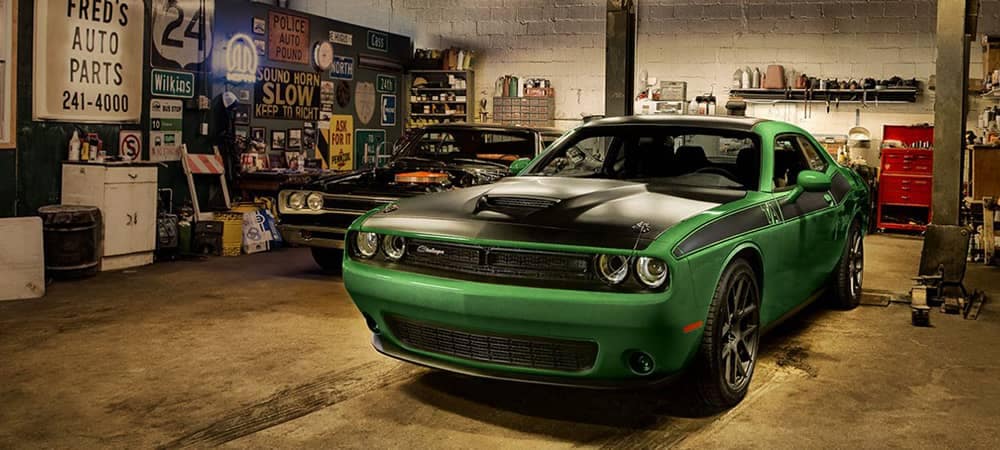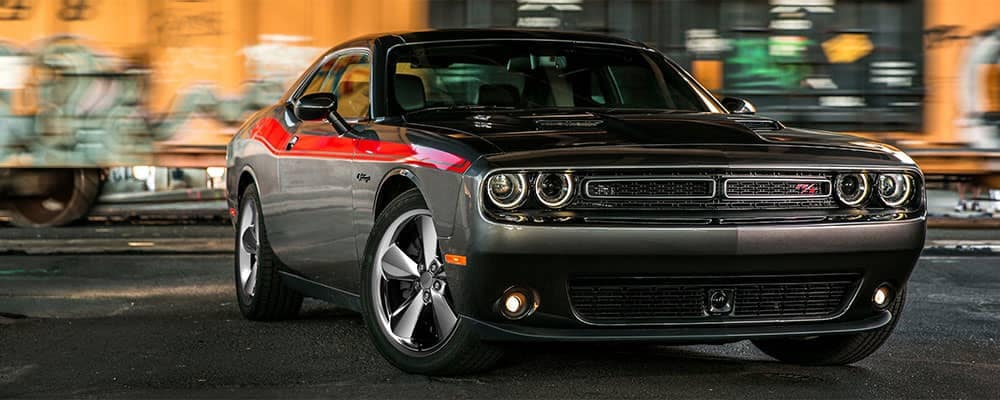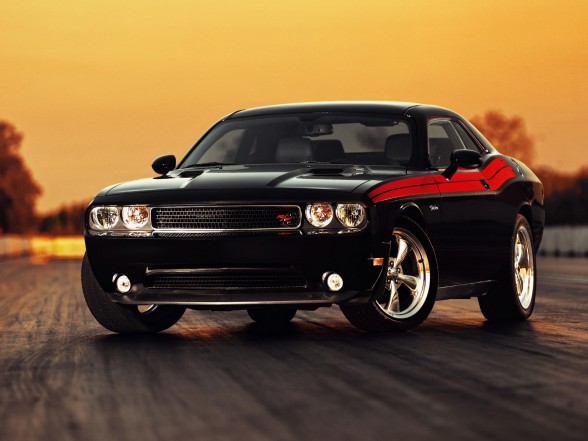If you're a car enthusiast, you've probably seen the Dodge RT badge and wondered what it stands for. Is it the model of the car, the engine size, or the trim level? What does RT stand for in Dodge vehicles?
Table of Contents
RT stands for Road and Track. It's a badge that Dodge puts on high-performance cars designed for both street driving and track racing. So if you see an RT badge on a Dodge car, you can be sure that it's something special. To know more about this, read on!
What Does RT Stand For In Dodge Cars?
All cars that have Dodge R T stand for one thing – performance. It is a badge that is used on high-performance cars produced by Dodge. From 1971 to 1993, RT was used as part of the model names such as the Dodge Charger RT and the Dodge Gran Fury RT. The letters stand for Road & Track, a performance marker that the Hearst Corporation initially published. This automotive magazine is well-known for its performance tests and automotive industry insider news. The news was mainly used as references by car manufacturers to build high-performance cars that will cater to drivers who want to use them on the streets and those who want them to be used in racing. Also check: https://www.roadcartel.com/blog/what-years-did-chevy-use-tbi
Dodge first applied RT badges on 1971 Chargers and Coronets, which featured a 440 under the hood. The letters RT stand for "Road/Track." It is an apparent referral to its intended vehicle usage. It also gave rise to what many owners call their Chargers: "Four-door racers." Later on, other models such as Dart, Challenger, and Charger wore this badge that became popular over the years. In the later part of the '70s and early '80s, RT was only a trim level for their performance models, such as the Dodge Charger SE. This was a luxury version of its RT counterpart with an Electronic Voice Alert, power windows, air conditioning, and rear defogger.
Dodge no longer uses this badge in their model lineup. However, they still give this badge on special editions of their cars designed to be driven on both streets or tracks. The latest Dodge Challenger SRT Hellcat Redeye and Chrysler Dodge Jeep Ram are included. Both were given this badge recently in 2017.

What Are The Advantages Of RT?
On the race track, RT provides a ton of performance-enhancing features, which are the following:
Bigger Brakes
If you think that this badge is only about speed, think again. Like the Charger RT mentioned earlier, which had a 440 V8 engine, these cars also come with bigger brakes for their performance versions. So if you plan to use your Dodge car on the streets and racing tracks, better watch out for those red dots!
Better Handling
Bigger tires mean more grip and vehicle protection on the road. The tires of RT models are more comprehensive than non-RT models, so they can provide better handling even when turning at high speeds. They may be slower than other cars, but their braking and cornering abilities are just as good as any other sports cars out there. If you're looking for an excellent car to race with, then look no further than the Dodge Challenger SRT Hellcat Redeye or any similar vehicle build. It's equipped with wider tires (Goodyear Supercar F2 tires), providing better grip on road and track settings.
Lighter Weight
The RT models are specifically designed for racing, so their weight is lighter than other cars in their class. That's one of the reasons why they're faster than most other regular cars out there when racing. For example, the Charger SE mentioned above has a curb weight of 4249 lbs, while in comparison, the base model has a curb weight of 4430 lbs. So if you want to go fast but don't want to spend too much money on these cars, this is probably the best option for you.
Performance Parts Ready
As mentioned earlier, RT was used by car manufacturers as a reference in selling. Jeep brand events also used it when designing high-performance models, such as Dodge Challenger Drag Paks, which were created in 1971. So, if you own an RT model and other pre-production vehicles, it's easy to find performance parts that can be installed on your car for it to race against other high-performance models.

What Vehicles Have RT?
There are plenty of RT models and vehicles identified before that Dodge built over the years. To name a few, these are:
2005 – 2013 Dodge Charger RT
This car has a V8 engine capable of producing 340 horses and 390 pounds-feet of torque (which you can still get at a reasonable vehicle delivery date). It also has an RT badge. That means it was designed with racing in mind. So, it comes with bigger brakes, wider tires, and lighter weight than regular Charger models. In addition, the interior is equipped with standard features. This includes power windows, leather seats, and a console shifter with paddle shifters.
2011 – 2014 Dodge Challenger RT
This car has 6 model years and worry-free maintenance confidence under its belt. Nevertheless, it's still popular among enthusiasts. Like the Charger above, this car also comes with an RT badge. This is similar to all other Dodge cars driven on both streets or tracks for racing purposes. It also has performance parts that can be installed to give your car an edge over the competition. It has a V8 engine capable of producing 375 horsepower and 410 pounds-feet of torque, as well as saved vehicles close login systems for convenience.
2010 – 2012 Dodge Viper RT/10
This car was released back in 1990 in various RAM brand events. The car was released as a 2-seat coupe with a V10 engine. The engine itself could produce 500 horses and 525 pounds-feet of torque, which is always subjected to emission testing charge. Like all other RT models, the Viper comes with a standard console shifter with paddle shifters, leather seats, and power windows. So, if you want to feel what it's like to be in a race car but don't have enough money for racing school, this is probably your best bet!

What Are The Disadvantages?
While having a Dodge RT car is fun, there are also disadvantages that you should know about. These are the following:
Not Affordable
RT cars have high performance in street and racing technology, so they're bound to be more expensive than regular models, which don't have all the bells and whistles. If you want to race but don't have enough money for this type of car, it's best to look at other options instead of just focusing on these saved vehicles. They start at $27K or more in some cases, so it can be difficult for some people to afford them unless they have the money.
Limited Parts Availability
Like regular cars, RT models also have parts that don't last forever. If you race a lot or want to buy performance parts for your car, it's probably best to find other brands. You can also go for optional equipment, contact a dealer, or use a call service phone number instead.
This is because the availability of these performance parts is limited compared to regular cars. Not everyone sells them, so it can be difficult sometimes to install one and realize that your specific model doesn't accept them anymore. So, ensure that the optional equipment listed should be present in choosing the parts that you want.
RT In Dodge Is More Than Just A Name
Like any vehicle with an RT badge, they come with standard features. The features include performance brakes, wider tires, a vehicle close search system, and lighter weight than regular models.
Looking for a better way to outfit your Dodge Ram? Look no further! We know that finding the right parts can be a hassle. That is why we've made it our mission to provide the best RT Dodge parts on the market. We have everything you need to get your truck looking and performing its best.
We want you to be able to hit the open road with confidence, knowing that your truck is outfitted with only the best parts. That's why we offer a wide selection of RT Dodge parts and any close vehicle search to address your needs– so you can find exactly what you need, no matter what type of driving you do.

